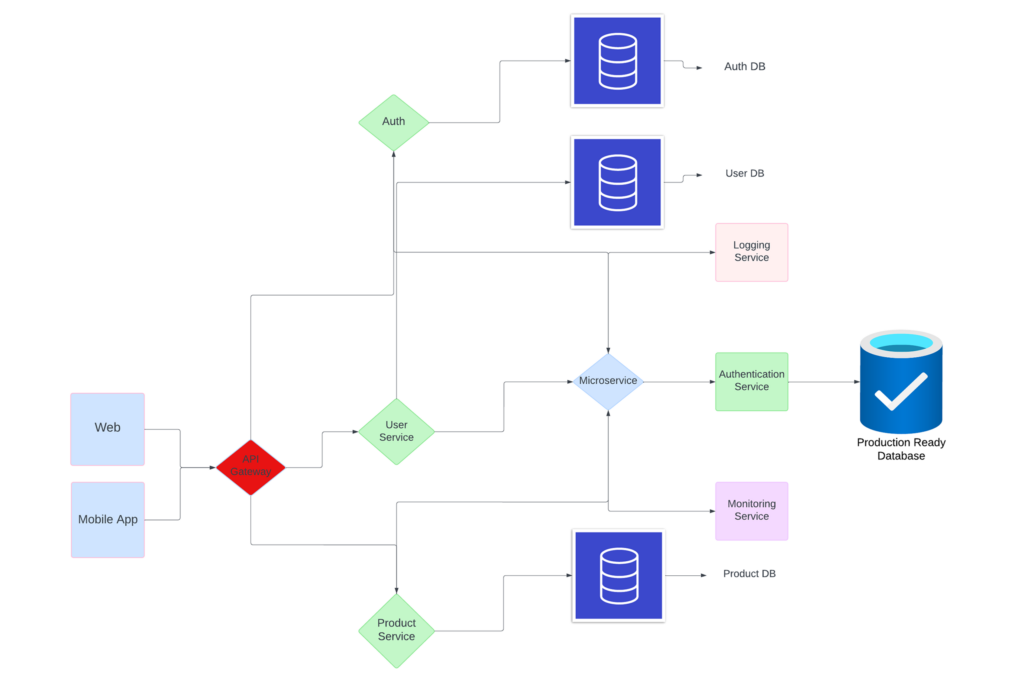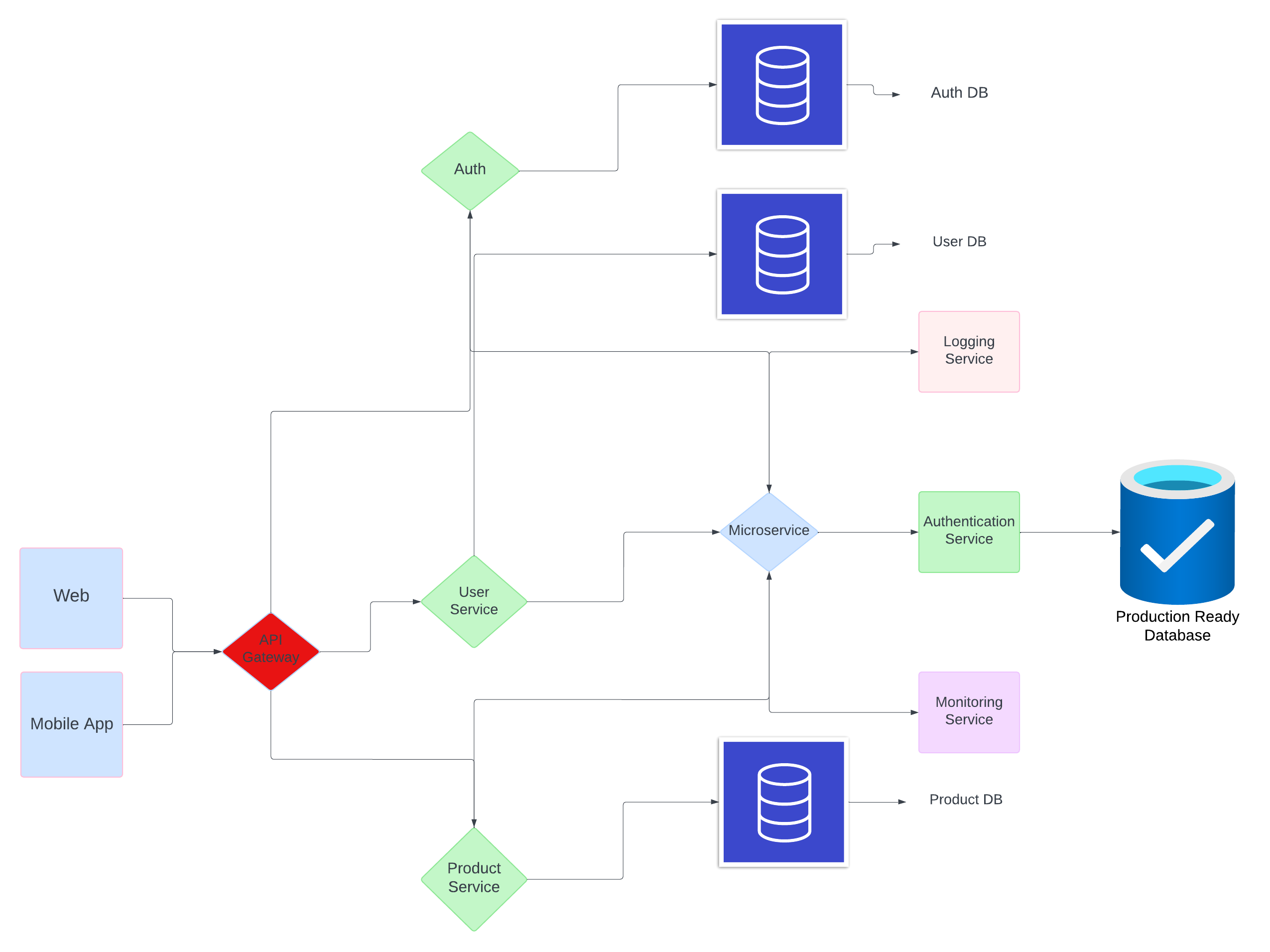
Revolutionizing Modern Enterprise Architecture
In today’s fast-paced digital landscape, businesses are embracing microservices and API management to enhance efficiency, flexibility, and scalability. This innovative approach to software development and integration is increasingly popular as it addresses the limitations of traditional monolithic architectures and rigid APIs.
Microservices is an architectural style that organizes an application into a collection of loosely coupled services. Each service is centered around a specific business capability and can be developed, deployed, and scaled independently. This modularity results in highly maintainable and testable components, facilitating greater agility and faster time-to-market.
API Management involves the creation, publication, and monitoring of APIs within a secure and scalable environment. It allows organizations to control access to their APIs, manage usage, and ensure security. API management platforms provide a unified interface for managing APIs, handling security and access control, and monitoring performance.
Benefits of Combining Microservices and API Management
- Enhanced Agility: Breaking down complex applications into smaller, manageable services allows for easier development, testing, and maintenance. Teams can work independently on different services, speeding up development cycles and boosting productivity.
- Improved Scalability: Each microservice can be scaled independently, enabling organizations to allocate resources efficiently and respond quickly to changing demands.
- Seamless Integration: API management ensures that APIs are secure, performant, and well-documented, facilitating seamless integration with third-party applications and services.
- Support for CI/CD Practices: Microservices and API management support continuous integration and continuous delivery (CI/CD), allowing new features and updates to be deployed independently without impacting the entire application. Automated testing and deployment of APIs streamline the release process.
Challenges in Implementation
While the benefits are substantial, implementing microservices and API management also presents challenges:
- Increased Complexity: Managing distributed systems, ensuring smooth inter-service communication, and maintaining consistency across microservices can be daunting.
- Effective API Policies: Designing robust API policies, handling versioning, and ensuring backward compatibility are critical for successful API management.
Conclusion
Microservices and API management represent a modern, effective approach to enterprise architecture. By adopting modularity, agility, and scalability, organizations can manage complex systems with greater ease and efficiency. Despite the challenges, the advantages make microservices and API management a compelling choice for businesses aiming to stay competitive in today’s digital economy.
Embracing these practices not only addresses current architectural challenges but also paves the way for innovation and growth in a dynamic technological environment.


